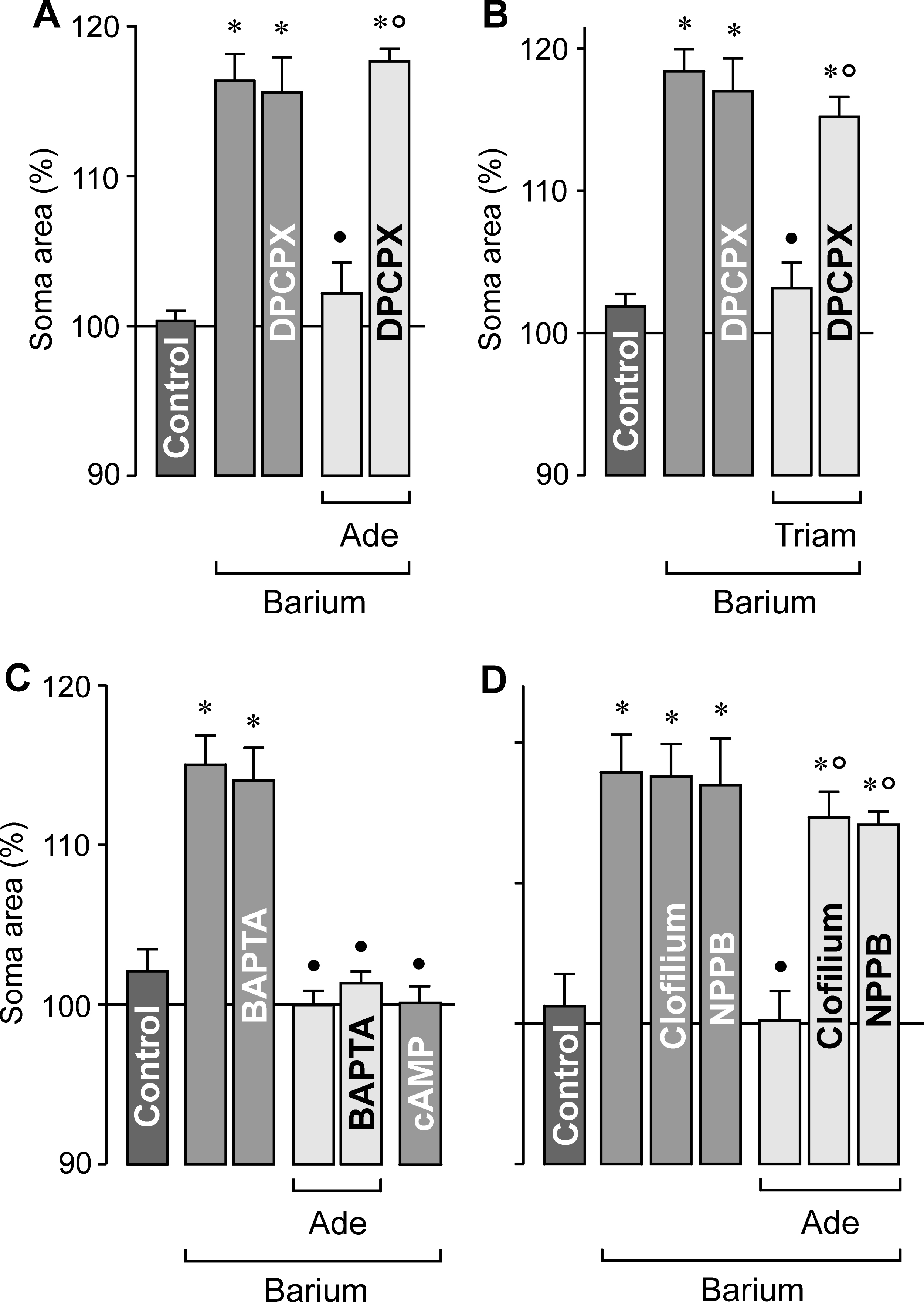Figure 2. Adenosine inhibits the osmotic
swelling of Müller cell somata in freshly isolated retinal slices from
wild-type mice. The cross-sectional area of the somata was measured
after a 4 min perfusion of the slices with a hypoosmolar solution (in
the absence and presence of 1 mM barium chloride, as indicated), and
are expressed in percent of the soma size measured before hypotonic
challenge (100%). A: The swelling-inhibitory effect of 10 µM
adenosine (Ade) was prevented in the presence of 100 nM DPCPX, a
selective antagonist of adenosine A1 receptors. B:
The swelling-inhibitory effect of 100 µM triamcinolone acetonide
(Triam) was abrogated by 100 nM DPCPX, a A1 receptor
blocker. C: The cell-permeable calcium chelator BAPTA/AM (100
µM) did not reverse the swelling-inhibitory action of 10 µM adenosine.
The swelling of Müller cells was abrogated in the presence of a
cAMP-enhancing cocktail containing 100 µM pCPT-cAMP, 10 µM forskolin,
and 100 µM IBMX. D: The effect of 10 µM adenosine was prevented
in the presence of 10 µM clofilium, a potassium channel blocker, and
100 µM NPPB, a chloride channel blocker. Data are mean (±SEM) soma
areas (n=7–12 cells per bar). Significant differences versus control
(the asterisk indicates a p<0.001). Significant swelling-inhibitory
effects (the solid circle indicates a p<0.001). Significant
inhibition of the agonist effects (the open circle indicates a
p<0.001).

 Figure 2 of Wurm, Mol Vis 2009; 15:1858-1867.
Figure 2 of Wurm, Mol Vis 2009; 15:1858-1867.  Figure 2 of Wurm, Mol Vis 2009; 15:1858-1867.
Figure 2 of Wurm, Mol Vis 2009; 15:1858-1867. 